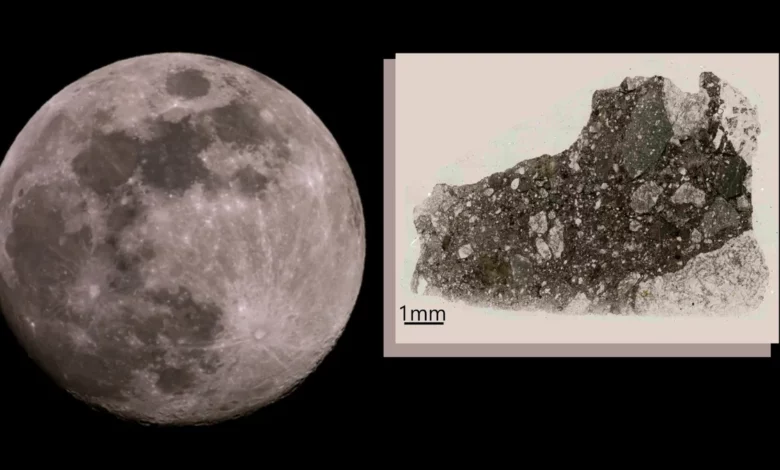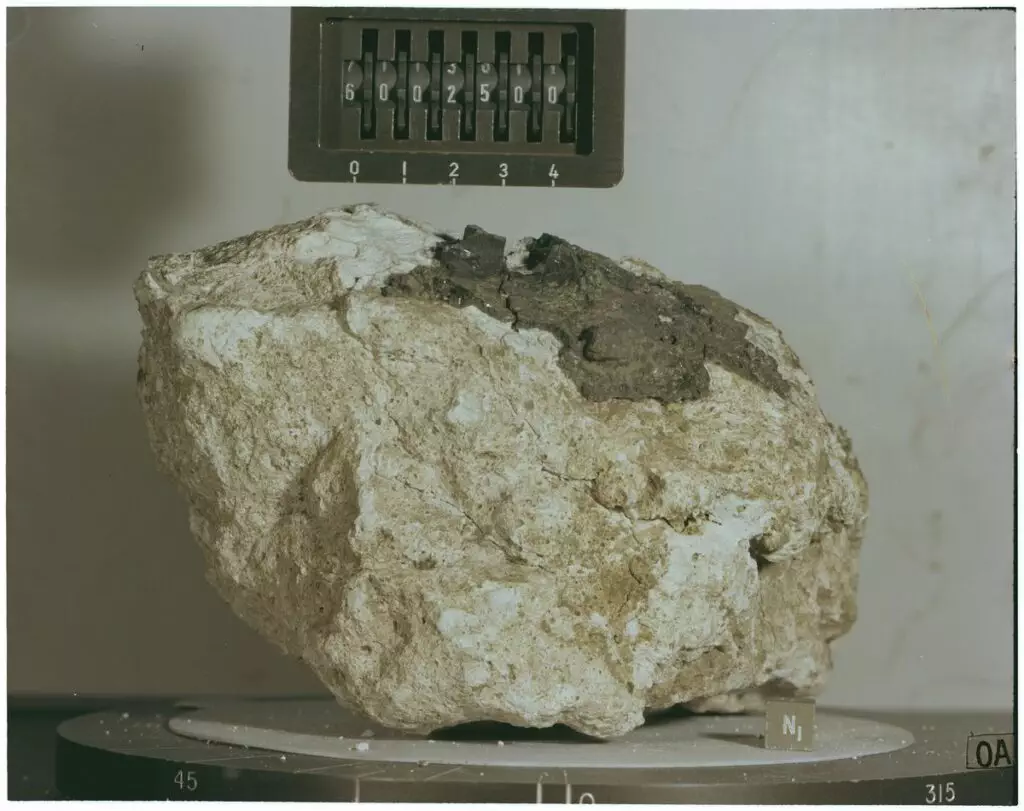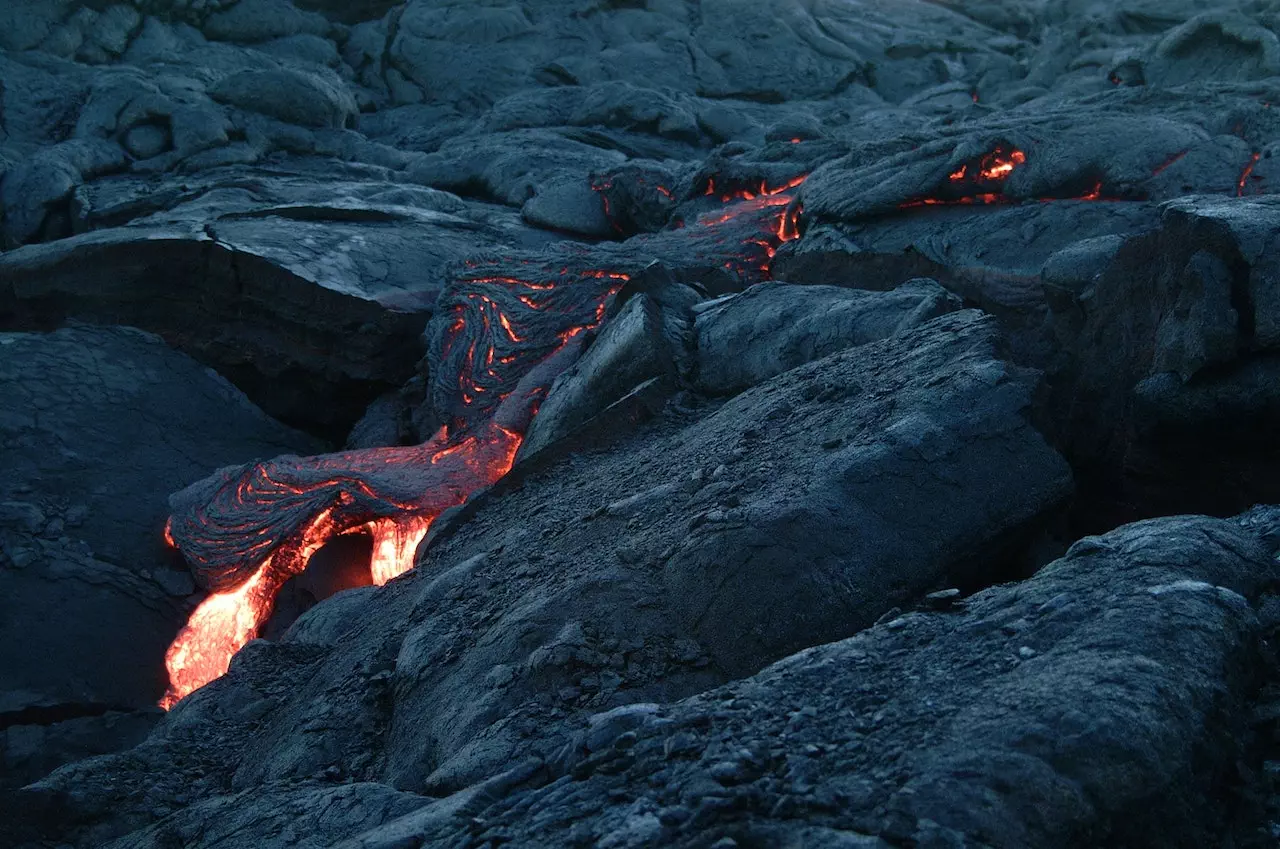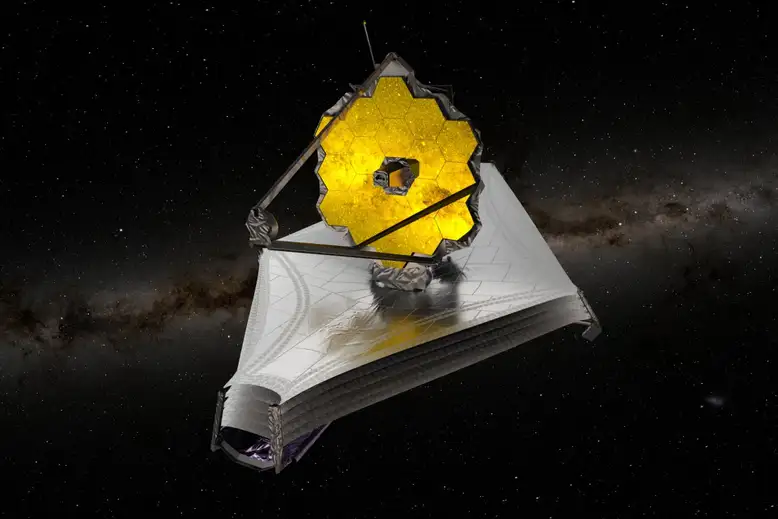
According to new research, the moon was rich in water around 4 billion years ago.
The study could be an important step toward better understanding the moon’s evolution as well as informing future moon missions. Such as NASA’s Artemis 3, which aims to return humans to the lunar surface by 2026. And use the frozen water discovered there to sustain a presence on the moon.
Tara Hayden is a postdoctoral fellow at the University of Western Ontario. He discovered the mineral apatite while investigating a lunar meteorite that had once been a piece of the moon’s surface. This common phosphate enabled the first direct examination of an unknown stage in lunar evolution when the moon was molten.
The meteorite study reveals that the moon’s crust once contained more water than scientists had previously thought. “The discovery of apatite in the moon’s early crust for the first time is incredibly exciting. As we can finally start to piece together this unknown stage of lunar history,” Hayden said in a press release. “We find the moon’s early crust was richer in water than we expected. And its volatile stable isotopes reveal an even more complex history than we knew before.”
Related Article: US Moon Lander Is Now ‘On a Path Towards Earth’
Apollo lunar samples did not paint a complete picture of moon water.

Hayden explained that examining lunar meteorites, such as the one she studied for apatite, is important in learning more about the moon. And may reveal insights not found in samples returned to Earth as part of the Apollo program in the 1960s and 1970s.
When the Apollo lunar samples were first examined, scientists discovered that they were “volatile-poor.” Volatiles are chemicals that evaporate at low temperatures; water is moderately volatile, evaporating at 212 degrees Fahrenheit (100 degrees Celsius). This resulted in the assumption that the moon was “bone dry.”
That assumption was challenged in 2008 when scientists discovered significant amounts of water and volatiles in glass beads from the Apollo samples. Over the last 15 years, other samples, such as lunar meteorites, have rained down on Earth. After being freed from the moon’s surface by asteroid strikes and other impacts, it has been revealed that the moon has never been bone-dry.
“We know most about the history of water on the moon from the Apollo samples. But those samples are thought to only represent about five percent of the entire moon’s surface,” Hayden said. “Until we get more samples back in the upcoming Artemis missions, the only other samples from the surface we have are meteorites.”
Related Article: Astrobiotic Failure is a Bump For Commercial Moon Landings
Lunar meteorites contain key information about water on the moon
While studying one of these lunar meteorites at the Open University in the United Kingdom. Hayden discovered that it contained key information about water on the moon. Which she describes as “so vital to our understanding of lunar water-bearing minerals.”
Hayden concentrated on the mineral apatite, which contains volatiles in its mineral structure, and discovered it in the sample’s “ferroan anorthosites.” Ferroan anorthosites are the only lunar rocks known to have formed directly from the Lunar Magma Ocean. A slushy sea of molten rock that existed on the moon’s surface between 4.5 and 4.3 million years ago.
The discovery of this volatile-rich element in ferroan anorthosite indicates that water was present in the moon’s mostly molten stages, allowing researchers to study this stage of the moon’s evolution directly for the first time ever.
“Unraveling the history of water in the earliest-formed lunar crust approximately 4.5 billion years ago is important for improving our understanding of the origin of water in the solar system,” said Mahesh Anand, an Open University professor of planetary science and exploration. “Ancient rock samples from the moon in the form of lunar meteorites provide an excellent opportunity for undertaking such investigations.”
This discovery comes at a critical time as humanity planning to return to the moon
Hayden’s discovery comes at a critical time for moon science, as humanity prepares to return to the moon for the first time in 50 years via Artemis, and longer lunar stays are on the horizon.
Frozen water on the lunar surface could be used during future missions not only to sustain astronauts but also to extract hydrogen for fuel that could be used to return teams to Earth or for deeper space missions, such as to Mars.
“It has been long believed the lunar surface has been dried out for thousands and even millions of years, but maybe there might be more water available than we thought on the surface of the moon, and we just need to find a way to extract it,” Hayden said in a statement. A paper published in Nature Astronomy describes these recent lunar rock discoveries.
These new lunar rock revelations are described in a paper published in Nature Astronomy.





